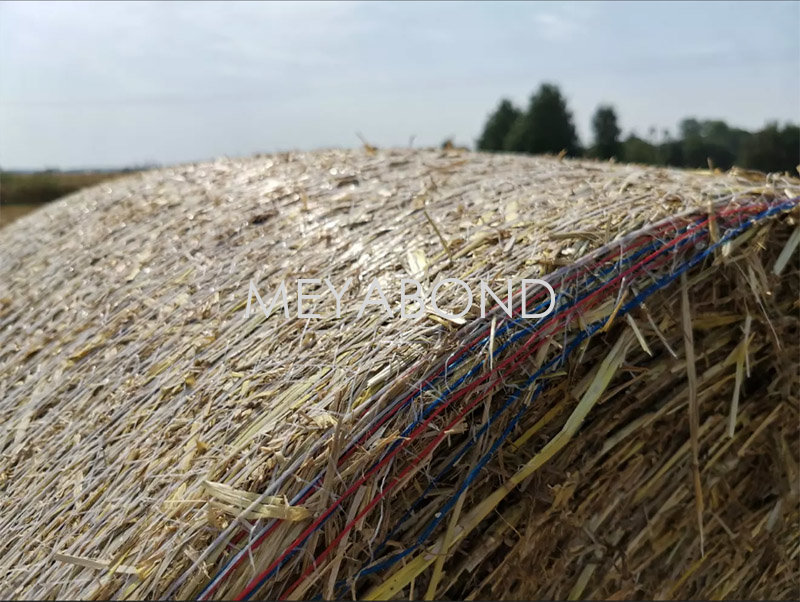Maximizing Agricultural Efficiency: The Role of Silo Protection Grids
Maximizing Agricultural Efficiency: The Role of Silo Protection Grids
Table of Contents
- 1. Introduction to Silo Protection Grids
- 2. Importance of Efficient Storage Solutions in Agriculture
- 3. What Are Silo Protection Grids?
- 4. Benefits of Silo Protection Grids in Agriculture
- 4.1 Enhancing Safety in Grain Storage
- 4.2 Pest Control and Prevention
- 4.3 Efficient Resource Management
- 4.4 Cost-Effectiveness of Silo Protection Grids
- 5. Installation and Maintenance of Silo Protection Grids
- 6. Technological Advancements in Silo Protection
- 7. Case Studies: Successful Implementation of Silo Protection Grids
- 8. Future of Silo Protection Grids in Agriculture
- 9. Frequently Asked Questions
- 10. Conclusion
1. Introduction to Silo Protection Grids
In the realm of modern agriculture, **efficiency** is paramount. As farmers strive to maximize their yield, the importance of effective grain storage solutions has never been clearer. **Silo protection grids** have emerged as a critical component in this effort, providing robust protection and enhancing operational efficiency. In this article, we will explore how these grids contribute to agricultural effectiveness and the numerous advantages they offer.
2. Importance of Efficient Storage Solutions in Agriculture
Efficient storage solutions are vital to maintaining the quality of agricultural products while minimizing losses. With the significant risks associated with improper storage—such as spoilage, pest infestations, and moisture damage—implementing **advanced storage systems** is essential. Silo protection grids serve as a frontline defense, ensuring that the contents of silos remain safe and intact, ultimately leading to enhanced agricultural productivity.
3. What Are Silo Protection Grids?
Silo protection grids are specialized structures designed to provide physical barriers against pests while allowing for proper ventilation within grain silos. These grids consist of strong mesh materials capable of withstanding environmental stressors, thus ensuring that the grain stored within remains protected. They come in various designs and sizes, tailored to fit different types of silos, demonstrating versatility in their application.
4. Benefits of Silo Protection Grids in Agriculture
The implementation of silo protection grids offers numerous benefits that directly contribute to agricultural efficiency.
4.1 Enhancing Safety in Grain Storage
One of the primary benefits of silo protection grids is their ability to **enhance safety**. By preventing access to rodents and birds, these grids help preserve the integrity of the stored grain, safeguarding it from contamination and spoilage. This ensures that farmers can store their harvests with confidence, leading to improved outcomes during harvest season.
4.2 Pest Control and Prevention
Pests can wreak havoc on stored grains, leading to significant economic losses. Silo protection grids act as a formidable line of defense against these intruders. By employing these grids, farmers can effectively reduce pest populations within silos, minimizing the risks associated with infestations. This proactive approach not only contributes to higher-quality grain but also reduces the need for chemical pest control measures.
4.3 Efficient Resource Management
Proper resource management is critical for sustainable agriculture. Silo protection grids help optimize the storage process, ensuring that grains are preserved in peak condition without waste. This efficiency allows farmers to manage their resources more effectively, ultimately contributing to increased profitability and sustainability.
4.4 Cost-Effectiveness of Silo Protection Grids
Investing in silo protection grids is a cost-effective solution for farmers. By preventing losses due to spoilage and pest damage, these grids pay for themselves over time. The initial investment leads to long-term savings, making them a wise choice for agricultural operations looking to maximize their returns.
5. Installation and Maintenance of Silo Protection Grids
The installation of silo protection grids is a straightforward process that requires careful planning and execution. Farmers should consider the specific dimensions and requirements of their silos when selecting grids. Regular maintenance is also essential to ensure that the grids remain effective; routine inspections and cleaning can help identify any damage or blockages that need to be addressed.
6. Technological Advancements in Silo Protection
The agricultural sector is continuously evolving, and recent advancements in **silo protection technology** have further enhanced the effectiveness of protection grids. Innovations include materials that provide superior strength while being lightweight and easy to install. Additionally, some grids now incorporate smart technology, allowing farmers to monitor conditions within the silo remotely.
7. Case Studies: Successful Implementation of Silo Protection Grids
Several farms worldwide have successfully implemented silo protection grids, resulting in significant improvements in grain storage efficiency. For instance, a large corn producer in the Midwest reported a 30% reduction in grain spoilage after installing these grids. Similarly, a rice farmer in Southeast Asia noted a dramatic decrease in pest-related losses, illustrating the tangible benefits these protective measures can provide.
8. Future of Silo Protection Grids in Agriculture
As the agricultural industry continues to adapt to new challenges, the future of silo protection grids looks promising. With ongoing research and development, we can expect even more advanced solutions that enhance both safety and efficiency. The integration of sustainable materials and smart technology will likely play a significant role in the evolution of these essential agricultural tools.
9. Frequently Asked Questions
1. How do silo protection grids work?
Silo protection grids work by creating a physical barrier that prevents pests and contaminants from accessing stored grains while allowing for adequate ventilation.
2. Are silo protection grids easy to install?
Yes, silo protection grids are designed for easy installation, but it's essential to ensure they are the right fit for your specific silo dimensions.
3. What materials are used in silo protection grids?
Silo protection grids are typically made from durable mesh materials that can withstand environmental conditions and resist wear and tear.
4. Do silo protection grids require maintenance?
Yes, regular maintenance is necessary to keep the grids functioning effectively, including inspections and cleaning to prevent blockages.
5. Can silo protection grids help reduce costs?
Absolutely! By preventing spoilage and pest damage, silo protection grids can lead to significant cost savings for farmers in the long run.
10. Conclusion
Silo protection grids are an invaluable asset in the quest for agricultural efficiency. By enhancing safety, controlling pests, and optimizing resource management, these grids play a crucial role in modern farming operations. As technology continues to advance, the future of silo protection looks bright, promising even more innovative solutions to the challenges faced by farmers today. Investing in silo protection grids is not just a strategic decision; it is a step towards a more sustainable and profitable agricultural future.
Key words:
Related News
04-30
04-29
CONTACT US
Email: sales8@meyabond.com
Tel: +8618911966213
No.3 Yard, ZhongHe Road, 100071,FengTai District, Beijing, China
Email: sales8@meyabond.com
Tel: +8618911966213
No.3 Yard, ZhongHe Road, 100071,FengTai District, Beijing, China
















